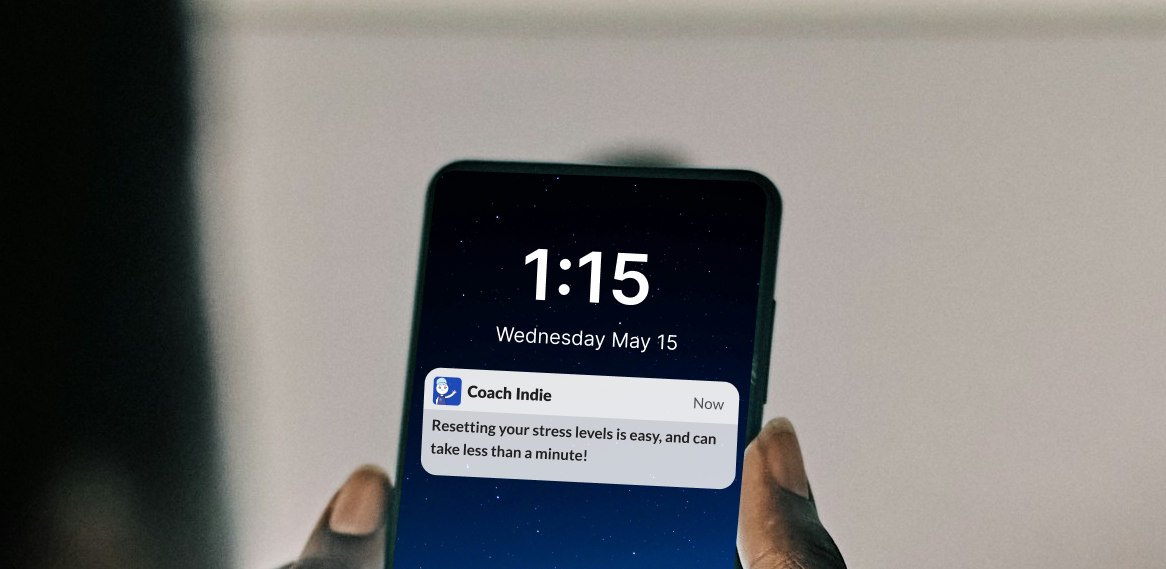Seven questions to ask your team that help cultivate psychological well-being in your workplace.
Psychological safety is vital for creating a healthy work environment where individuals can thrive, collaborate, and innovate. However, it doesn't happen by chance. It requires a deliberate, systematic approach.
While no set of questions or conversation starters can single-handedly establish psychological safety, the right ones can serve as powerful catalysts.
Here are seven questions that are a great starting point for cultivating an environment where individuals feel valued, heard, supported and safe:
1. “What's the one thing we can do to help you be even more successful?’
This question guides you towards understanding each team member's unique needs and aspirations. It invites them to reflect on their growth and articulates what support or resources they require to excel.
2. “What do you look forward to each day when coming to work?”
It’s important to touch on the emotional and motivational aspects of work. It can help you to gain insight into what drives and energises your team members. Understanding their sources of enthusiasm can lead to tailored approaches that enhance their overall experience.
3. “How can I best help you be successful?”
This question serves as a cornerstone for driving positive productivity. It recognises that each team member is a unique individual with strengths, preferences, and potential areas for growth. By asking this question, you're acknowledging their success is important to them and the team's and organisation's larger goals.
We believe in Positive Productivity, where ‘improved well-being = more productivity’. Find out more about our groundbreaking measurement of positive workplace productivity here.
4. “Fast forward a year from today; what success are you celebrating?”
This question ignites forward-thinking and goal-setting. It encourages team members to envision their ultimate success and opens the door for strategic planning. It's a powerful motivator, providing a clear target to work towards and aligning individual aspirations with team goals.
5. “What is the one thing here you would change if you could?”
This query opens a window into potential areas of improvement. It invites constructive feedback and highlights opportunities for growth and refinement within the team or organisation.
However, ensure you don’t get defensive or combative in your response or risk turning positive productivity outcomes from this question into toxic ones!
6. “If money and time were not an issue, what would you do here?”
This question gives your team members permission to let their imaginations run wild. It encourages them to step beyond what seems feasible in the present moment. Doing so can unearth innovative ideas and solutions that might have remained hidden.
7. “What worked, what didn't, and what would you change for next time?”
These three questions serve as a post-mortem for projects or tasks. Let's break it down:
A. "What worked?"
This question is the moment to celebrate successes and acknowledge the aspects of the project that went smoothly. It's a recognition of the team's achievements and effective strategies. By identifying what worked, you're giving credit where it's due and pinpointing the strengths to replicate in future endeavours.
B. "What didn't work?"
This part of the analysis delves into the challenges and obstacles faced during the project. It's an opportunity to learn from missteps and setbacks. Identifying what didn't work provides valuable insights into areas that may require adjustment or a different approach in the future.
C. "What would you change for next time?"
This question is the bridge between reflection and action. It invites team members to propose concrete adjustments or improvements based on their experiences. It's an opportunity to brainstorm solutions and implement proactive changes for future projects.
By asking these three questions, you're thoroughly evaluating past efforts and setting the stage for continuous learning and improvement. Remember: it's not about dwelling on mistakes but leveraging them to create a more successful tomorrow.
BONUS QUESTION:
8. Don’t ask, “Are you okay?” Instead, ask, “How are you doing today?”
This question is like extending a warm and genuine welcome mat. It's an invitation for your team members to express themselves comfortably. It acknowledges that a spectrum of feelings and experiences can influence their day.
“How are you doing?” creates a more psychologically safe space. By phrasing it this way, you're subtly letting them know you're here to listen without putting them on the spot or making them feel they need to disclose too much. It's an open door to discuss both work-related matters and personal challenges.
For instance, if a team member faces a personal issue affecting their performance, they might feel more comfortable sharing it when approached with this question. They're more likely to open up about what's happening, allowing you to provide support or make accommodations.
Remember that psychological safety is not a one-time achievement but an ongoing commitment. It starts with the right mindset and is nurtured through consistent, thoughtful interactions. By incorporating these questions into your conversations, you're taking a crucial step towards creating a workplace where individuals can thrive, collaborate, and ultimately achieve their full potential.
Looking for more techniques? Check out these eight proven conversation strategies for managers to inspire psychological safety in their workplace
-1.png)






